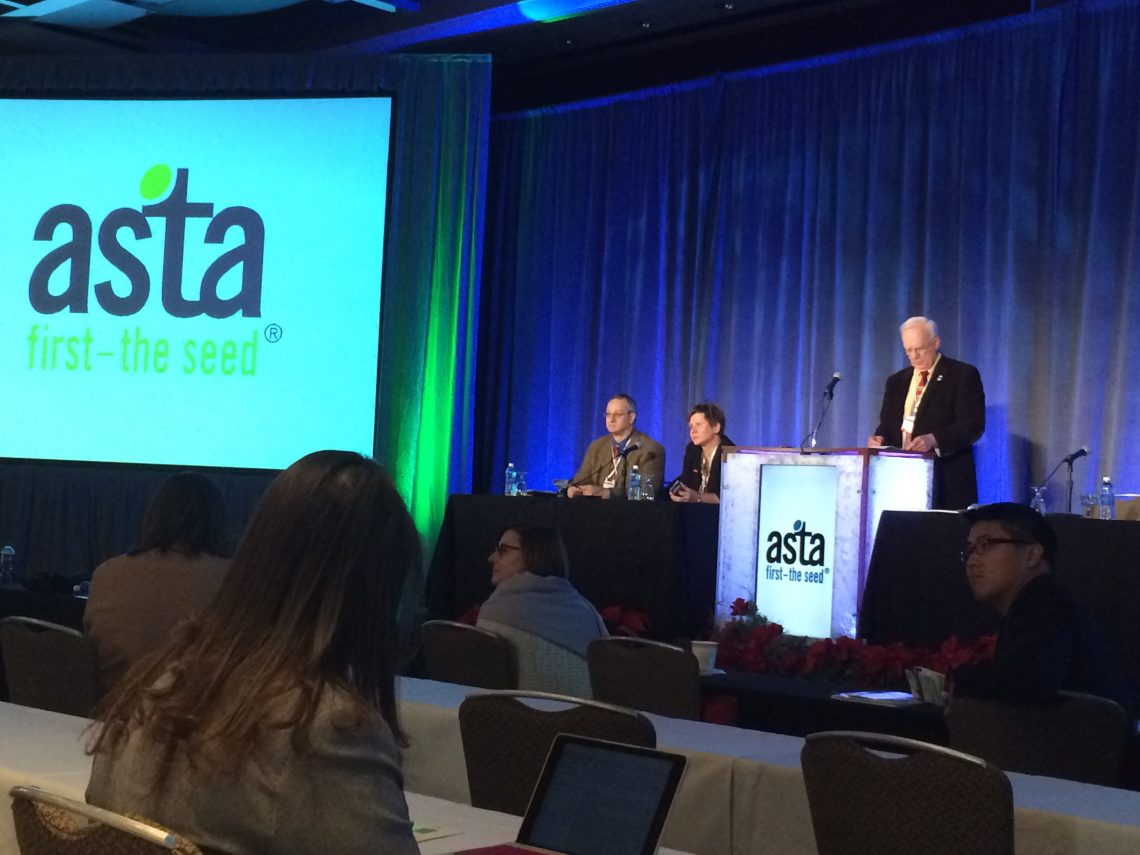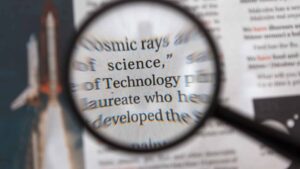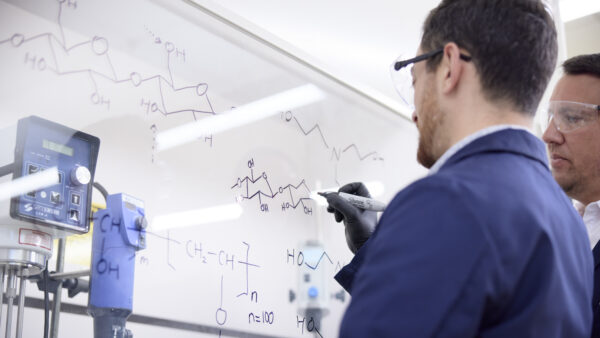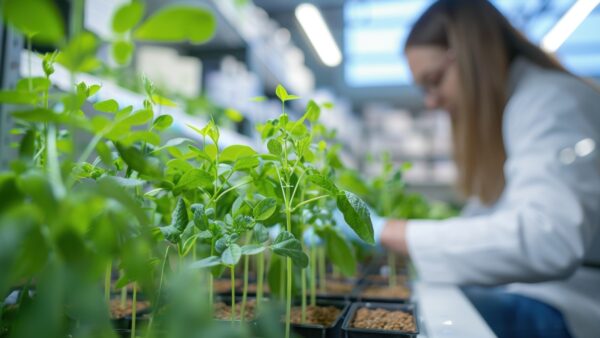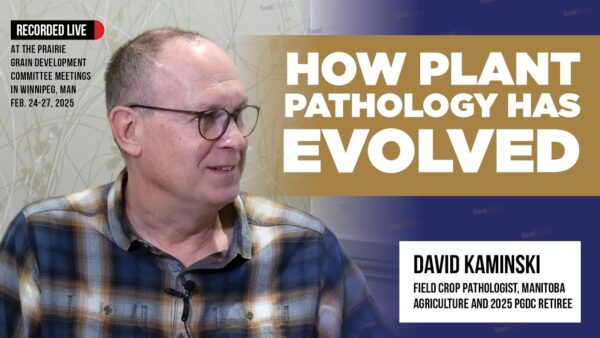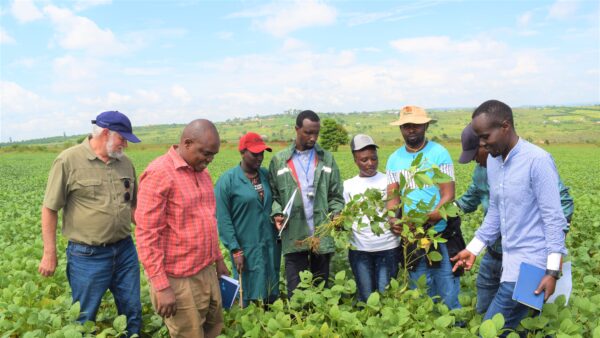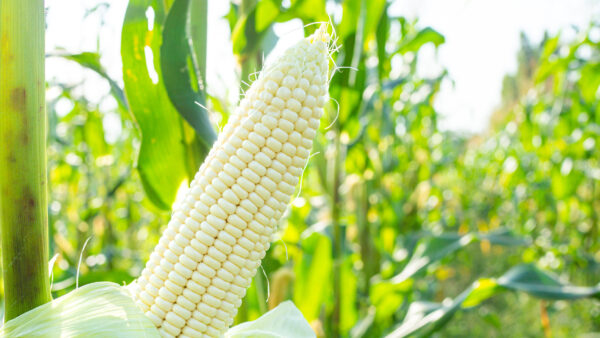The world population is expanding. According to the United Nation, it’s expected to hit 9 billion by 2050. That means agricultural productivity must continue to go up, and seed treatments can help accomplish that.
That was the main takeaway from yesterday’s session Application and Technology in Seed Treatments. Presented by BASF Seed Solutions R&D director Eda Reinot and Incotec product development global manager Terry Meyer, the session dealt with seed treatment technology and how it is helping — and will continue to help — feed a ballooning world.
Farmers in all parts of the world continue to improve productivity through the judicious application of technologies for yield, quality, and efficiency, Meyer said. Seed treatment gives one more tool which continues to evolve and bring new capabilities to farming practices. That includes expansion of seed treatment to a broader set of crops, safer handling, better planting, and more effective use of crop protectants. The solutions should contribute to good stewardship and maximizing the productive capacity valued by farmers, he said.
Meyer says biological seed treatments have been around for longtime but are always evolving, and are an important part of a growing seed treatment industry.
Other topics covered included the importance of optimizing film coating rates and new modes of action and increased potency to control current and emerging pests and diseases.
“We’re blessed these kinds of meetings occur globally,” Meyer said about the CSS & Seed Expo, which he says is the perfect forum to talk about the technology of seed treatments and the important role they play in feeding the world. “We have people from around the world here. Think of the benefit of communicating one to another about best practices and how we can improve things together.”
Seed treatments provide a huge benefit to growers the world over, he noted, in light of unpredictable environmental factors.
“Environment is something we don’t control. It could be too wet, too dry, too cold. Seed treatment plays a clear role in helping mitigate that risk.”
Future challenges involving seed treatments include developing products that utilize key nutrients, additives, biologicals, and custom solutions. At the same time, they provide growers with new opportunities including increased loading capacity, faster drying times, more efficient use rates, the ability to stabilize biologicals, and enhanced potency of actives.
Every Seed Counts
Reinot’s presentation discussed the significance of modern seed-applied technologies and their applications to the seed that provide protection to the seed, plants and improve the establishment of healthy crops. Seed treatments help to optimize the potential of every seed so that each crop has the best start possible and growers derive the most value from their seed investments, she said.
The need for food, feed, fuel and fiber around the globe is only becoming greater, she noted, and there is little, if any, additional acreage available for agricultural use.
“Therefore, every seed counts and every seed is very valuable. Inputs we put on the seed contribute to that overall seed solution and value,” she said.
Seed treatments, she notes, represent a broad tool set to unlock the full genetic potential of seed.
“We must continue to see more technology in seed treatment solutions.”
She noted that increasingly, seed applied technologies include biologicals that can be partnered with chemicals.
“There is no cookie cutter solution,” she adds, so tailoring the seed treatment solution for individual growers is crucial.
“A lot depends on crop type, soil characteristics, regional climate, local pests and pathogens, and available application equipment.”


